




What Are the Main Types of Natural Disasters?
Natural Disaster are disastrous occurrences that are caused by any of the natural phenomena that occur on Earth. These can include earthquakes, tsunamis, and even floods and hurricanes. A natural disaster is "the negative impact following an actual occurrence of natural hazard in the event that it significantly harms a community". A natural disaster can cause loss of life or damage to property and typically leaves some economic damage in its wake.
Names of Natural Disasters
There are different types of natural disasters.
The below-mentioned list contains natural disasters.
Tsunami
Flood
Drought
Storm
Cold Waves
Cyclone
Tuberculosis
Earthquakes
Let’s learn about each of them one by one.
Tsunami
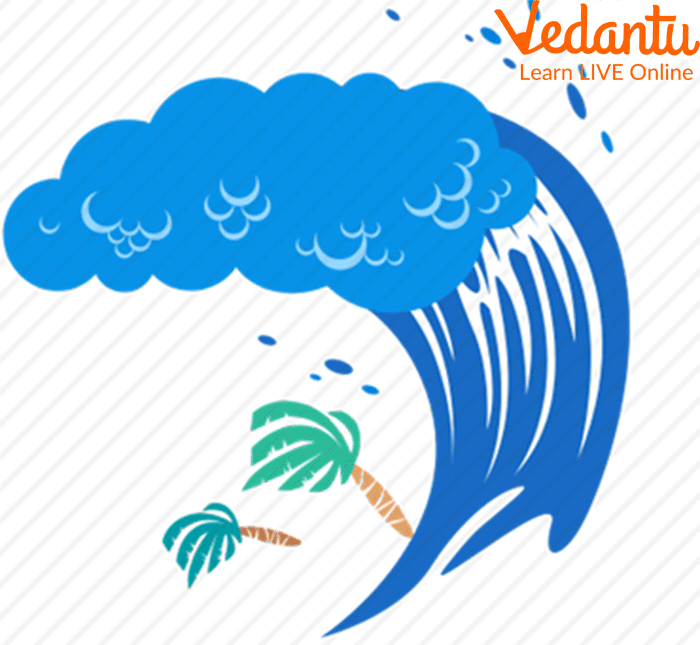
Tsunami
It is a powerful wave that occurs inside the sea because of the earthquake. This happens when a strong earthquake happens near or under the ocean. Because of this, a Tsunami occurs causing the destruction of so many lives.
Flood
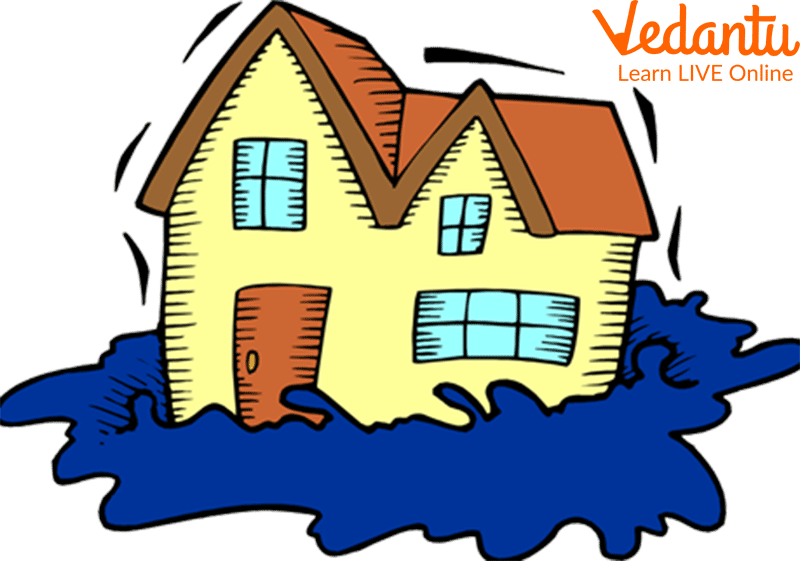
Flood
During a flood, there is an overflow of water. This disturbs normal life and sometimes also even causes deaths if the level of water becomes uncontrollable. This can happen after over rain and water leakage.
Drought
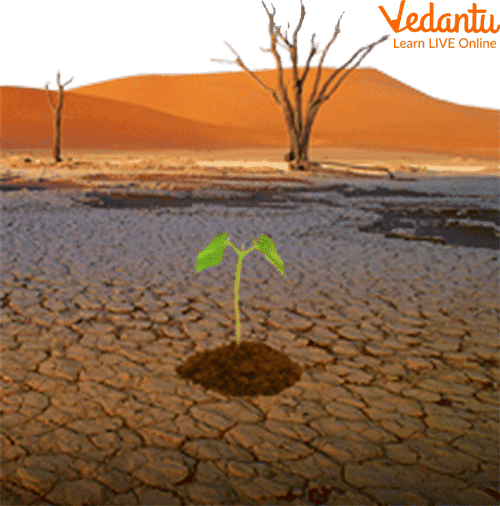
Drought
This is a serious condition without the presence of water. This condition is caused by the long period of dry time without the water. This can happen due to high temperatures and extreme weather. As water is the fundamental need of the living beings, people start dying due to this condition.
Storm
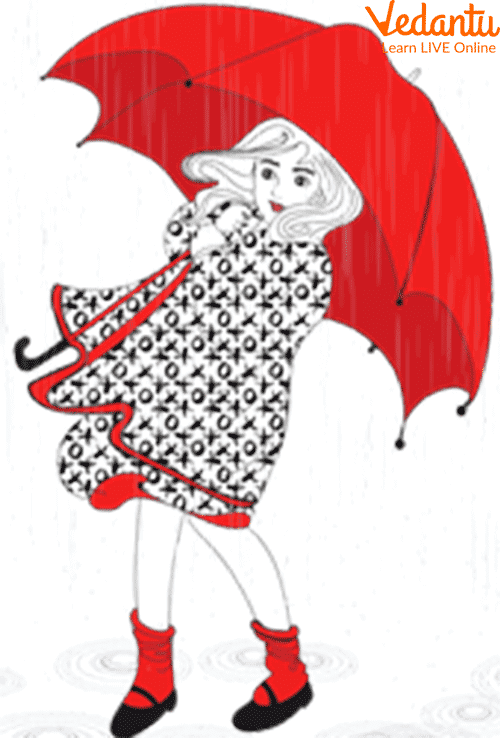
Storm
The storm is the disturbance of the atmosphere because of the strong winds, and heavy rainfall. Apart from this, there will be lightning. Storms can be uncontrollable and can cause the death of living beings.
Cold Waves
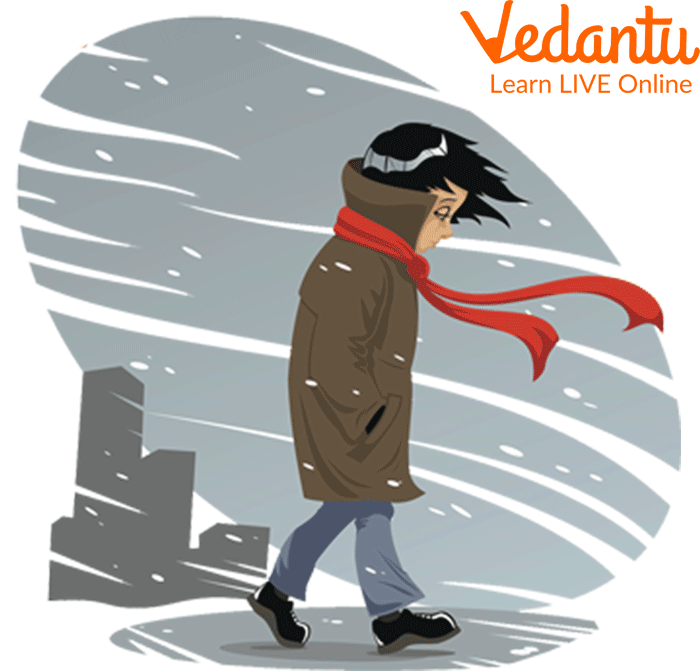
Cold Waves
Because of some natural processes, sometimes cold air can be developed in the region and the surroundings. Due to this, the cold weather becomes unbearable and starts affecting the lives of living organisms.
Cyclone
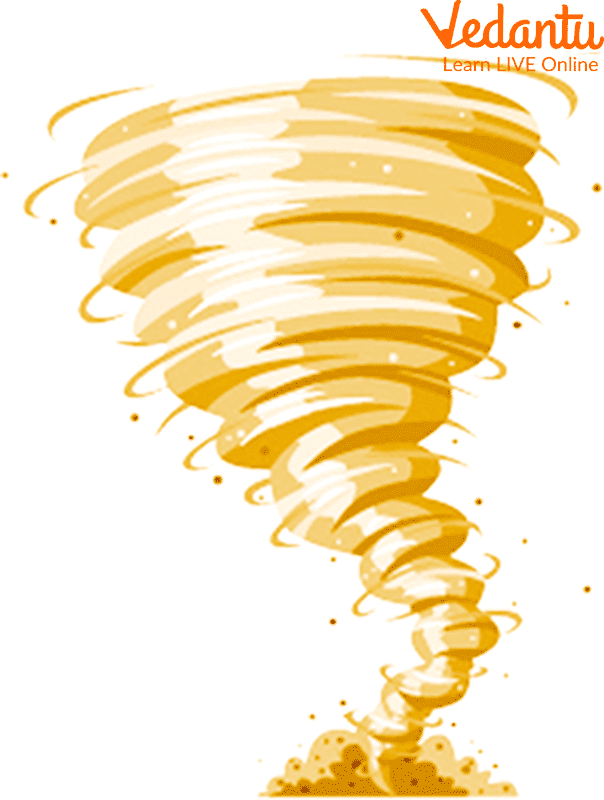
Cyclone
The cyclone occurs when the warm air rises up over the ocean. Because the air moves up, a low-pressure area is formed below. As the low-pressure area is completely filled with high-pressure air, the cool air gets warm over the ocean and starts moving upward.
Earthquakes
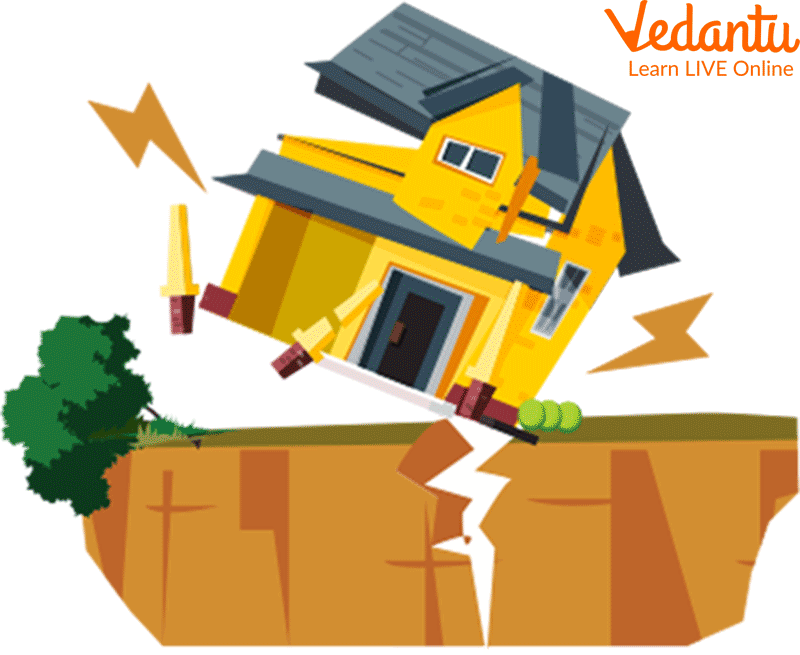
Earthquake
Earthquakes are the sudden shaking of the Earth. It occurs only for a short duration. During this, the Earth’s crust is disturbed completely.
Summary
Natural disasters sometimes take place without any prior warning or signs. The intensity can vary from situation to situation, as also the location and the type of disaster. The destruction can even be life-threatening and risky for human life; it is very important to take important steps to avoid any mishap.
FAQs on Natural Disasters Names: Types and Key Facts for Students
1. What is a natural disaster?
A natural disaster is a major adverse event resulting from the Earth's natural processes. It causes widespread destruction, including loss of life, damage to property, and disruption to the environment and society. An event is classified as a disaster when it has a significant negative impact on a community that overwhelms its capacity to cope using its own resources.
2. What are the main types of natural disasters?
Natural disasters are broadly categorised based on their origin. Some of the most common types of natural disasters include:
- Earthquakes: Sudden shaking of the Earth's surface caused by the movement of tectonic plates.
- Floods: An overflow of a large amount of water beyond its normal limits, especially over what is normally dry land.
- Cyclones/Hurricanes/Typhoons: Large, rotating storm systems with high-speed winds that form over warm ocean waters.
- Droughts: A prolonged period of abnormally low rainfall, leading to a shortage of water.
- Tsunamis: A series of giant waves in an ocean or a large lake caused by an underwater earthquake, volcanic eruption, or landslide.
- Landslides: The movement of rock, debris, or earth down a sloped section of land.
- Volcanic Eruptions: The release of lava, ash, and gases from a volcano.
3. How does an earthquake happen and what is its epicentre?
An earthquake occurs due to the sudden movement of the Earth's tectonic plates. These massive plates are always slowly moving, but they can get stuck at their edges due to friction. When the stress on the edge overcomes the friction, there is a sudden slip, releasing a huge amount of energy in the form of seismic waves. The point inside the Earth where the earthquake begins is called the hypocentre, and the point directly above it on the Earth's surface is called the epicentre, which is where the strongest shaking is usually felt.
4. What is the difference between a flood and a tsunami?
While both floods and tsunamis involve large amounts of water causing destruction, their causes and characteristics are very different. A flood is typically caused by excessive rainfall or overflowing rivers, leading to a gradual rise in water levels over a large area. A tsunami is caused by a sudden, massive displacement of water, usually from an underwater earthquake, and consists of a series of powerful, fast-moving waves that crash into coastal areas with immense force.
5. Why are some regions more prone to certain natural disasters like earthquakes or cyclones?
The risk of a particular natural disaster is often linked to geography. Regions located along the boundaries of tectonic plates, like the Pacific Ring of Fire, are highly prone to earthquakes and volcanic eruptions. In contrast, cyclones form over warm tropical oceans, so coastal areas in tropical and subtropical zones are most at risk. Similarly, areas in river deltas or low-lying coastal plains are more susceptible to flooding.
6. How can human activities increase the risk or impact of natural disasters?
Human activities can significantly worsen the effects of natural disasters. For example, deforestation on hillsides removes tree roots that hold soil together, increasing the likelihood of landslides during heavy rain. Constructing buildings in flood-prone areas or on unstable coastal land increases the potential for damage and loss of life. Urbanisation, which replaces natural ground with concrete, can also increase surface runoff and lead to more severe flash floods.
7. Can scientists accurately predict when and where an earthquake will happen?
No, scientists cannot accurately predict the exact time, date, and location of a specific earthquake. While they can identify high-risk seismic zones by studying fault lines and historical data, the technology to forecast an imminent earthquake does not exist. However, for other disasters like cyclones and floods, meteorological agencies can often provide warnings several days in advance by tracking weather patterns, allowing for timely evacuation and preparation.
8. What are the essential safety measures to follow during a flood?
During a flood, it is crucial to prioritise safety. Key measures include:
- Move immediately to higher ground and avoid low-lying areas or riverbanks.
- Do not attempt to walk, swim, or drive through moving floodwaters, as even a few inches can be dangerous.
- Stay away from electrical power lines and switch off the main power supply in your home if advised.
- Listen to official emergency broadcasts for updates and evacuation orders.
- Avoid contact with floodwater as it may be contaminated with sewage and harmful chemicals.





















